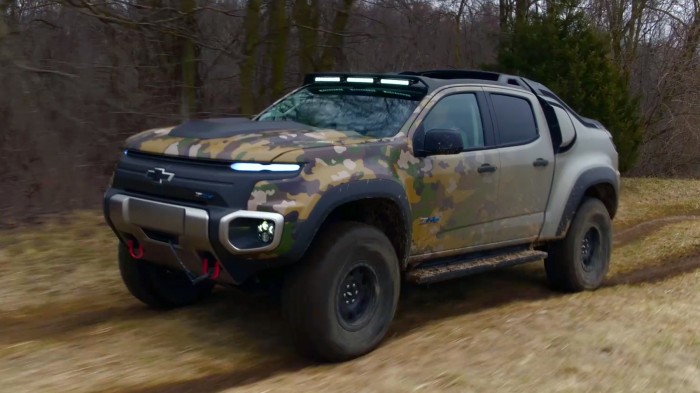The Fuel Cell Isn’t Dead Yet

The promised hydrogen economy never did materialize. But hydrogen fuel cells are still proving alluring to organizations that want vehicles to run silently, but can’t afford a moment’s downtime.
Attempts to convince the public to embrace hydrogen-powered cars have flopped. While some automakers continue to push on with the vehicles, other are increasingly having second thoughts. Daimler, which had previously touted hydrogen as the future of green motoring, recently announced it would instead focus on all-electric vehicles. And a report last year suggested that sales of hydrogen vehicles would likely remain small through to 2027.
There are many reasons not to embrace hydrogen. The fuel is usually made from natural gas in a process that emits large quantities of greenhouse gases. Attempts to create hydrogen cleanly and affordably at scale have proven unsuccessful so far, and, as Elon Musk has strenuously argued, the alternative approach of using electricity to break down water into hydrogen is inefficient. And for consumers, the overwhelming lack of infrastructure for refueling has proven to be a deal-breaker.
And yet the fuel does have one incredibly appealing feature: unlike charging an electric car, a fuel cell vehicle can be refueled and moving again in minutes. That's of particular interest in industrial and defense applications.
As Defense News points out, electric vehicles are appealing to the Army because of their stealth capabilities: a convoy of electric jeeps barely makes a sound compared their gas-powered counterparts. But there aren’t many charging points installed in most battle zones. GM’s Chevrolet Colorado ZH2, pictured above, offers a potential solution, because it’ll run 400 miles on a tankful of hydrogen that can be quickly topped up again back at base, rather than being plugged into an electrical supply. And the vehicle will ultimately come fitted with hardware that will use any old fuel to produce more of its own hydrogen in the field.
Similar logic seems to be at play at Amazon. This week, the e-tailer announced that it was striking a deal with hydrogen fuel cell company Plug Power: it will buy 23 percent of the company and start using its hardware to power forklift trucks in some of its warehouses. The fuel cells will be swapped into battery-powered forklifts that usually have to sit idle while being recharged. By using hydrogen, Amazon will be able to continue using low-noise vehicles that don't emit exhaust fumes indoors, yet only need to splash fuel into the tanks to continue work practically uninterrupted.
These are, admittedly, rather niche use cases. But they do serve to demonstrate that there's still a place for the hydrogen fuel cell—just perhaps not on our highways.
(Read more: Defense News, Reuters, “Forget Hydrogen Cars, and Buy a Hybrid,” “The Road to Solar Fuels Hits a Speed Bump”)
Deep Dive
Climate change and energy
The problem with plug-in hybrids? Their drivers.
Plug-in hybrids are often sold as a transition to EVs, but new data from Europe shows we’re still underestimating the emissions they produce.
Harvard has halted its long-planned atmospheric geoengineering experiment
The decision follows years of controversy and the departure of one of the program’s key researchers.
Why hydrogen is losing the race to power cleaner cars
Batteries are dominating zero-emissions vehicles, and the fuel has better uses elsewhere.
Decarbonizing production of energy is a quick win
Clean technologies, including carbon management platforms, enable the global energy industry to play a crucial role in the transition to net zero.
Stay connected
Get the latest updates from
MIT Technology Review
Discover special offers, top stories, upcoming events, and more.